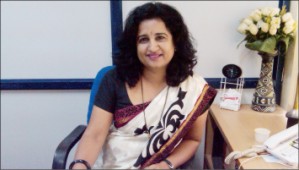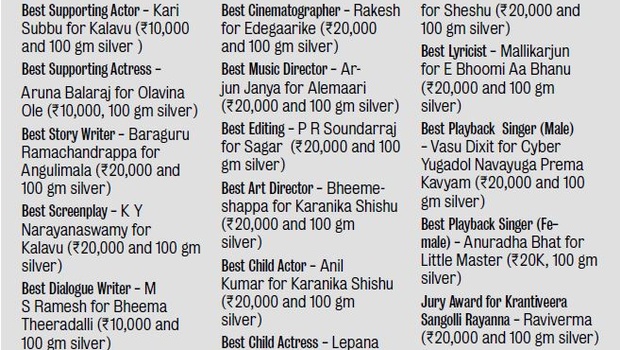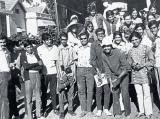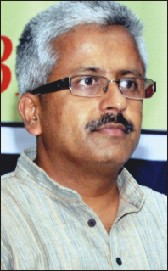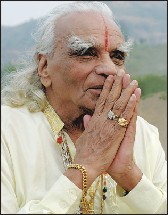
Old and new favourites were rendered pitch perfectly at The Bangalore Choir Festival.
A choir performing in the city may be a regular sight. But having various choirs coming together and singing as one is something else. The Bangalore Choir Festival, held recently in Goodwill School campus, did just that. Presenting an evening of choral and orchestral music featuring an augmented choir from seven churches, the festival was a musical extravaganza. Pavanasar Lutheran Church, St. Paul’s Church, Memorial Church, Jesus the Saviour Church, Wesley Tamil Church (Haines Road), Wesley Tamil Church (Ashok Nagar) and Holy Trinity Church formed the set list.
Projected under the theme ‘We Are One’, the festival’s concept was an attempt to unite churches across denominational divides through music.
After the National Anthem to which the crowd diligently stood in attention, an octet of singers from the main choir stepped forward to render a beautiful accapella version of the famous Caribbean reggae song ‘By The Rivers of Babylon’, which was popularised by the pop group Boney M.
With an eight-member violin group on one side, a band on the other and the choir taking centre-stage, they did a frenzied musical rendition of the popular Chris Tomlin song ‘Indescribable’. Conducted by Jeremiah Joseph, the choir sang through powerful staccatos and crescendos.
Conductor Timothy Thomas took over for a softer and more melodic ‘Why Should The Father Love Us?’ by the legendary Gospel band Petra that flowed with amazing clarity by the vocals and flamboyant tonalities of the star-studded violin ensemble.
Not leaving the other languages behind, the choir rendered mellifluous compositions by regional composers, much to the delight of the multi-lingual audience. The regional songs comprised a few original compositions as well as familiar choral hymns.
A crowd favourite was the gothic Gregorian chant-based composition ‘Let The Veil Down’, sung in perfect synch with the track and polished off with a moving flourish by the dynamic choir. The ancient hymn ‘Count Your Blessings’, recreated in their own arrangement was a foot-tapping lively composition that had the audience cheering for more.
Accompanied by two classical dance sequences, the festival moved into second half with the country swing song ‘I’m Gonna Let The Glory Roll’ before finishing with the title song, The Lion King’s anthemic ‘We Are One’. For cheers of encore, the choir went on to do another orchestral-led arrangement of the song ‘He’s Turned My Mourning Into Dancing’.
Talking about the project, Jeremiah Joseph, said it was quite a task to bring different choirs together. “We needed to harmonise their minds before we could harmonise their voices. It was a wonderful experience to score the accompaniment for the songs as the choir was accompanied by some of the stellar musicians in the city like Geoffrey Martin, Reuben James and Noel Gerrard. It was fantastic to have Peter Appaji who led the eight-member string orchestra and a band of young musicians who set the stage ablaze. The task was achieved towards the end and hopefully this will grow bigger and we’ll have more churches across denominations uniting to make music together.”
Philip Devadass, BCF’s general secretary and co-founder, says it began as a vision to unite churches through music. “The choral scene in Bangalore is a big movement and each choir has its own niche performance and following but none of them have really come together to perform as one. That is what inspired us to bring various choirs together. Through this initiative, we hope to have greater collaborations and support various other projects as well. It’s the beginning of greater things to come.”
source: http://www.thehindu.com / The Hindu / Home> Features> Friday Review> Music / by Allan Moses Rodricks / August 27th, 2014
